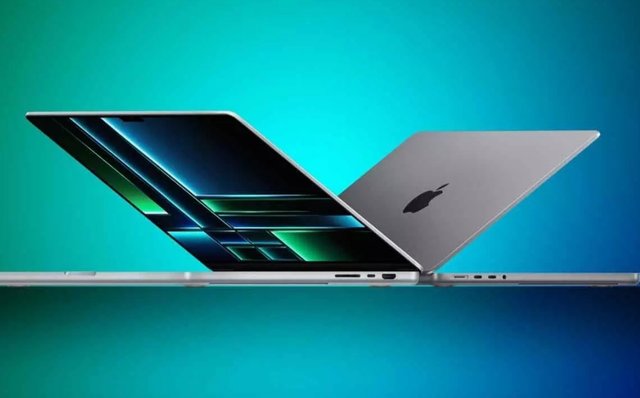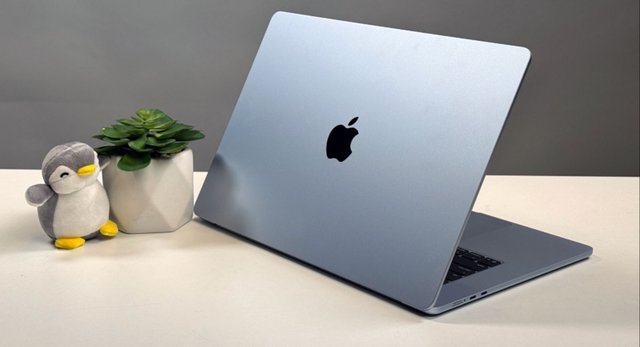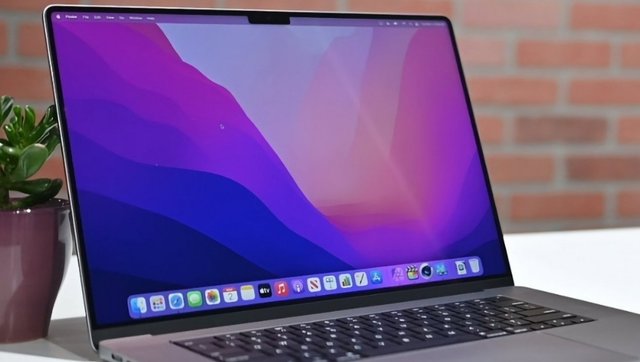Apple's Strategic Shift: The First Touchscreen MacBook Pro Powered by iPad Usage Insights

Apple is making a bold strategic shift with its laptop lineup, marking a major change driven by extensive insights gained from iPad user behavior. The company is preparing to launch its first touchscreen MacBook Pro around late 2026, breaking away from its longstanding resistance to incorporating touch technology on Mac laptops.
This decision underscores Apple's evolving approach to user experience, productivity, and product convergence.
The new MacBook Pro will feature cutting-edge OLED touchscreen technology supplied exclusively by Samsung Display, bringing enhanced visuals and intuitive interaction to Apple's flagship laptop series.Apple’s change of heart regarding touch-enabled MacBooks stems from deep observation of how users engage with iPads. Over the years, Apple has noted that touch controls on the iPad significantly boost both productivity and user satisfaction in particular scenarios.
This user behavior has inspired Apple to reconsider its previous stance, which famously opposed touchscreen input on vertically oriented screens due to ergonomic concerns.
The upcoming MacBook Pro will be the first to incorporate on-cell touch technology—integrating touch sensors directly into the display panel for a smooth and responsive experience.
By aligning Mac hardware more closely with iPad-like input methods, Apple aims to create a seamless ecosystem crossover that enriches workflows for creative professionals, students, and everyday users alike.Samsung Display’s partnership with Apple represents a pivotal element in this new product strategy. By 2026, Samsung will begin mass production of 14-inch and 16-inch OLED panels tailored for the MacBook Pro.
These panels promise significant improvements over existing mini-LED displays, including superior brightness, deeper blacks for better contrast, and improved power efficiency that can extend battery life. Samsung’s advanced OLED manufacturing capabilities ensure Apple’s new touchscreen MacBook Pro will deliver stunning visuals alongside intuitive touch interaction.
The first prototypes are expected by late 2025, with production scaling to meet an anticipated demand of two to three million units annually initially, and flexible capacity to increase up to 10 million units per year.Alongside this premium OLED model, Apple is also working on a budget MacBook powered by iPhone A-series processors. However, this entry-level laptop is expected to launch without touch functionality initially, targeting cost-conscious consumers who prioritize affordability and reliability.
The budget MacBook with touch capabilities could arrive as early as 2027, indicating Apple’s phased approach to deploying touchscreen technology across its laptop range.
This strategy balances innovation in high-end devices while ensuring accessibility across pricing tiers in the long term. It also signals Apple’s aim to slowly introduce touch input on Macs, by perfecting it first on flagship models before expanding its availability.Apple’s decision is notable because it comes well after many Windows laptop manufacturers, such as Microsoft, Dell, HP, and Lenovo, have offered touchscreen laptops for years. Apple’s more cautious timeline reflects its trademark philosophy of thoroughly refining technologies before introducing them to the market.
The result is likely to be a highly polished and integrated experience, matching Apple’s reputation for premium hardware design and seamless software integration. Moreover, the introduction of touchscreen MacBooks will further blur the lines between macOS and iPadOS, unifying the user experience across devices and enhancing cross-compatibility of applications and workflows.
This strategic evolution comes amid Apple's broader efforts to push its ecosystem deeper into users’ daily lives with advancements including spatial computing, AI enhancements, and expanded device connectivity. With the touchscreen MacBook Pro, Apple not only modernizes its laptop lineup but also addresses growing user demand for versatile input options that cater to creative and productivity-focused tasks.
The ongoing developments reflect Apple’s commitment to innovation shaped by user insights and market trends.In summary, Apple’s upcoming touchscreen MacBook Pro, backed by Samsung Display’s OLED panels, marks a significant strategic pivot influenced by iPad usage patterns showing that touch input can elevate productivity and interaction.
While initially limited to premium models, touch-enabled MacBooks are poised to become a mainstream feature across the product range within the next few years. Apple’s layered approach balances innovation with usability, positioning its laptops at the forefront of design and functionality in the evolving computing landscape.
This move reinforces Apple’s incremental yet impactful approach to innovation and its focus on creating a cohesive, powerful ecosystem for users worldwide.

